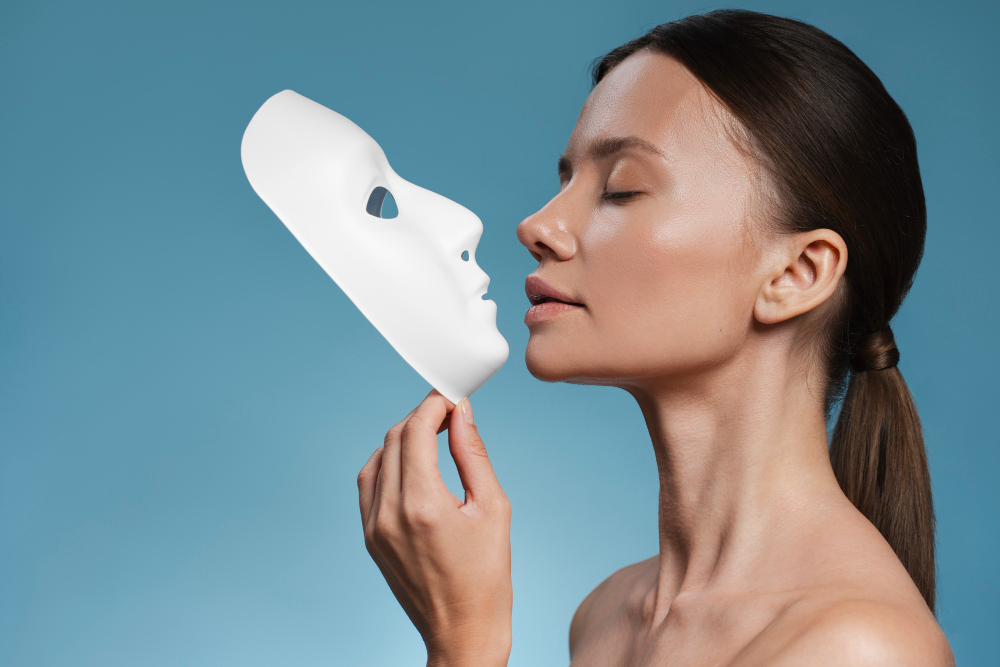Rhinoplasty, commonly known as a “nose job,” is a surgical procedure that improves the proportions of the nose and enhances overall facial symmetry. Many individuals choose this treatment either to enhance the appearance of their nose or to correct breathing difficulties caused by nasal structure.
Are You a Candidate for Rhinoplasty?
You may be an ideal candidate for rhinoplasty if:
-
You’re unhappy with the shape, size, or appearance of your nose
-
You experience breathing difficulties due to nasal structure
-
You have sustained a facial injury
-
You’re in good overall health
-
You don’t smoke or are willing to quit before and after surgery
-
Your facial growth is complete
-
You have realistic expectations about the results
Common concerns addressed by rhinoplasty include:
-
Nasal humps or bumps
-
Drooping or overly raised nasal tips
-
Wide or flared nostrils
-
Crooked nasal alignment
-
A nose size disproportionate to the rest of the face
How Is Rhinoplasty Performed?
At American Medical Center, rhinoplasty is performed using either local anesthesia with sedation or general anesthesia, depending on your specific case.
There are two primary surgical techniques:
-
Closed Rhinoplasty: All surgical work is done inside the nostrils.
-
Open Rhinoplasty: A small incision is made at the base of the nose between the nostrils for better access.
Through these incisions, the bone, cartilage, and skin are reshaped. Depending on your unique needs, the surgeon may remove or add cartilage. Grafts can be taken from the nasal septum, ear, or even rib for more complex adjustments.
Minor changes may only require cartilage from your septum or ear. For more dramatic changes, rib cartilage or other tissue may be used. Once the reshaping is complete, the incisions are closed.
If you have a deviated septum, it can also be corrected during the procedure to improve your breathing.
Some patients choose to combine rhinoplasty with other aesthetic facial surgeries such as eyelid surgery or a facelift.
Recovery After Rhinoplasty
Bruising and swelling around the nose and eyes is normal and may last from three days up to two weeks. Discomfort is typically caused by nasal splints or packing, and can be managed with prescribed medication.
Internal swelling of the nose may last up to six months to a year, though this is usually only noticeable to you and your surgeon. The final result of your rhinoplasty will appear gradually as your nose heals over the course of the year.
Patients are advised to avoid intense physical activities for about three to six weeks following surgery.
Expected Results
Most of the swelling will fade within a few weeks, but it may take up to a full year for your nose to settle into its final shape. Over time, you will notice subtle, natural changes as the nose refines.
The results of rhinoplasty are long-lasting. However, trauma to the nose after surgery may affect the outcome.

